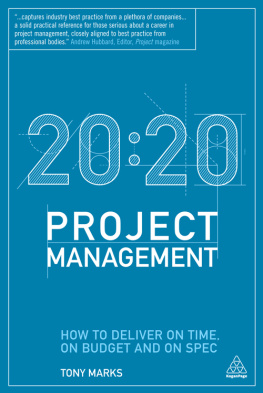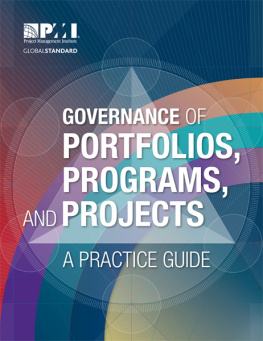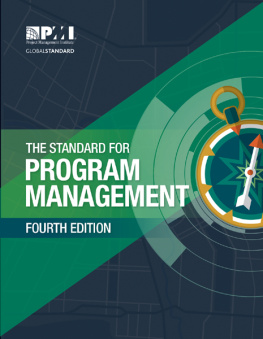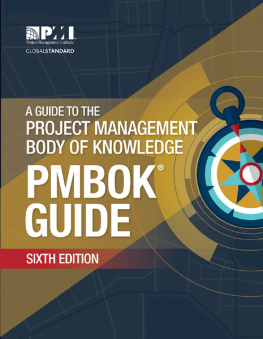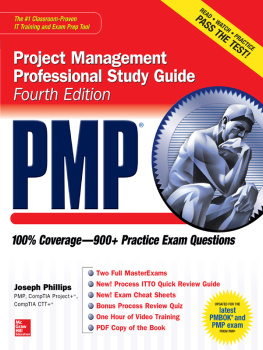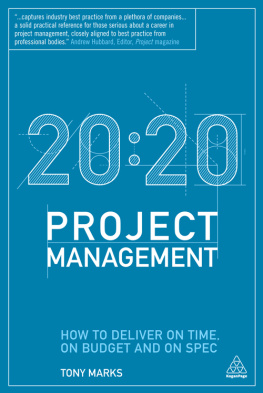From Inception into the Early 2000s
In the spring of 2017, the market cap of Tesla reached 59 billion U.S. dollars, compared to 52 billion U.S. dollars for General Motors and 44 billion U.S. dollars for Ford. As the stock price had risen 65 percent in the first few months of 2017 alone, many people thought this was overpriced, but nevertheless, it happened and stunned market-watchers. Reactions to this phenomenon were ambivalent because Tesla was in everyones mind, at a key point of transition (Tepper 2017). The demand for a mass-market car was still largely hypothetical. Tesla and other players still needed to demonstrate the ability to manufacture electric vehicles (EVs) at large scale. Only by reducing unit costs could the price of an EV come down to what industry wisdom felt was a proper price point (Tepper 2017).
The Tesla story begins around 1990 when Elon Musk was still not in the mix (Baer 2014). A collaboration of Silicon Valley engineersmainly Malcom Smith and Martin Eberhardhad worked on consumer gadgets and mobility concepts. Soon another joined, a person named Marc Tarpenning. During the late 1990s, they marketed an electronic book, eventually selling the company for 187 million U.S. dollars (Baer 2014). Encouraged, they wanted to start another company, convinced that EVs had a viable future.
They discovered a firm called AC Propulsion that already had a vehicle called the tzero (Baer 2014). It was enough for them to invest, but a problem with perceptions was that EVs were something of a joke (McGrath 1996). Technology enthusiasts were interested, as were people concerned about the environment.
Still, it was difficult to envision a profitable market for vehicles, which at the time was quite pricey and underperforming in terms of range.
Range means how far a vehicle can travel on one fill-up or here, one re-charging. EVs had poor ranges for a variety of reasons, but none was more important than the energy density of the batterys type . Energy density rather readily translates into vehicle range. Also, charging early-generation EVs took hours depending on the voltage at the source, if not overnight. Eventually, though, it all came down to batteries. The founders enthusiasm was based on advancements in lithium-ion technology (Baer 2014).
2003: Tesla Motors Inc.
The founders incorporated Tesla Motors on July 1, 2003, named, after the famous electrical genius of the 19th century. A prototype EV was ready around 2004. If there was any kind of breakthrough about it, it was a novel combination of technologies (Baer 2014). Past that, the team realized that it would have to retrofit an existing car (Baer 2014).
They decided to build on the Lotus Elise, a small sports car. Lotus was a well-established design innovator in racing. Their business terms were attractive to Tesla, and Lotus was used to doing the kind of things that Tesla needed. Tesla was joined by its first Vice President of vehicle development, Ian Wright, the third member of the formal team.
At that point, the main problem became financing, which consumed much of 2004. Tesla needed a major investor who shared their dream. They were familiar with Elon Musk, famous as the founder of SpaceX (Baer 2014). Musk was concerned about the natural environment and believed that EVs could play a role. Musk raised 7.5 million U.S. dollars and became the chairman of the board (COB).
Thus, at the outset, Musk held two important roles, chairman and majority investor.
Teslas first real product was called the Roadster, released in 2008. It got high praises from sources such as Car and Driver . With a bit of trouble about safety and reliability issues, Tesla would enjoy a good public reputation. But making a car from scratch was more difficult than imagined. The partnership with AC Propulsion would, thus, prove fortunate, though in another sense, Tesla passed the chance to learn about building a whole car.
Lotus took the task seriously (Baer 2014). An advantage they held was to not be too integrated with existing suppliers, that is, not to get too locked-in to business relationships. They maintained a policy of sourcing along technical superiority. In late 2004, a prototype or mule was ready (Baer 2014). The mule was an ungainly Elise, without body panels, but with the hardware and software of an EV. Proof of concept was demonstrated. Led by Musk and additional partnering, another 13 million U.S. dollars was raised.
In the spring of 2006, a star-studded event was pulled off in a hangar in Santa Monica CA (Baer 2014). Within a few weeks, Tesla had 127 orders for Roadsters, priced at 100,000 U.S. dollars. Deliveries were scheduled for the summer of 2007. Positive press appeared in the New York Times , Fortune , Wired , and the Washington Post . However, Elon Musk was not featured well in much of this early publicity, sometimes ignored, and once was misidentified and entirely overlooked. While blaming the press more than his comrades, Musk felt insulted and expressed this in no uncertain terms. This was not the last time he lashed out at the media. As the COB, Musk eventually threatened to fire one of the principals. But, regardless of some professional tensions, the team was off to a good start (Baer 2014).
The leaders did not too quickly plan on developing an entire EV. They planned to provide the electronic drive train. Lotus would provide the chassis components and final assembly (Baer 2014). Teslas portion would be bolted on to that. The plan was to begin deliveries of the Roadster in 2006 and continue scaling up production until profitability was reached in 2008. But, it was not ready until 2008, beginning a chronic problem with production (Baer 2014).
The principals were more accustomed to the highly compartmentalized Silicon Valley networks way of doing things.
A story surfaced in the media concerning the top management team (Baer 2014). CEO/Founder Eberhard volunteered to step down to concentrate on technology. The idea received support from the board. After assuming this role too, his third, Musk started acting somewhat autonomously (Baer 2014), taking on tasks more traditional of a chief operations officer, or COO . Musk made intermittent plant visits, redirecting what people were doing, especially in design (Baer 2014). While the ideas were often good, it was upsetting and helped establish Musks reputation of being someone who was demanding and difficult to work with.
The search for a replacement CEO began in February 2007, but efforts were unsuccessful (Baer 2014). The media expressed concerns about organizational instability. An important public relations issue was to assure that intramural stresses were nominal, if not normal. A new CEO was named, but from the standpoint of optics this was an apparent firing (Baer 2014). Worse, this event was against Teslas own by-laws, so it was re-accomplished properly and more congenially. The vignette established Musks reputation for making unconventional moves (Baer 2014). In the summer of 2007, suits and countersuits followed. A permanent CEO was in place in November of 2007, who assured that first Roadster deliveries would begin in the spring of 2008. Sure enough, production began in March of that year. The new CEO lasted until October of 2008, when Elon Musk essentially took over the company, firing about a quarter of Tesla employees.
By that time, Musk himself had invested about 55 million U.S. dollars of his own, which in his mind we might infer, justified being in charge. Tesla was on the verge of collapse by 2008 due to operational cost overruns (Vance 2012). Fortunately, Musk was able to bail out the company in early 2009 with the sale of an earlier venture of his, Everdream, for 120 million U.S. dollars.
By May of 2009, Tesla had recalled 75 percent of the Roadsters sold since March of 2008. Customers were disappointed, which was softened by sending repair technicians to customers homes to fix the problems. Still, some of the glimmer was off the rose, made worse by several high-profile celebrities announcing their displeasure.
Next page

